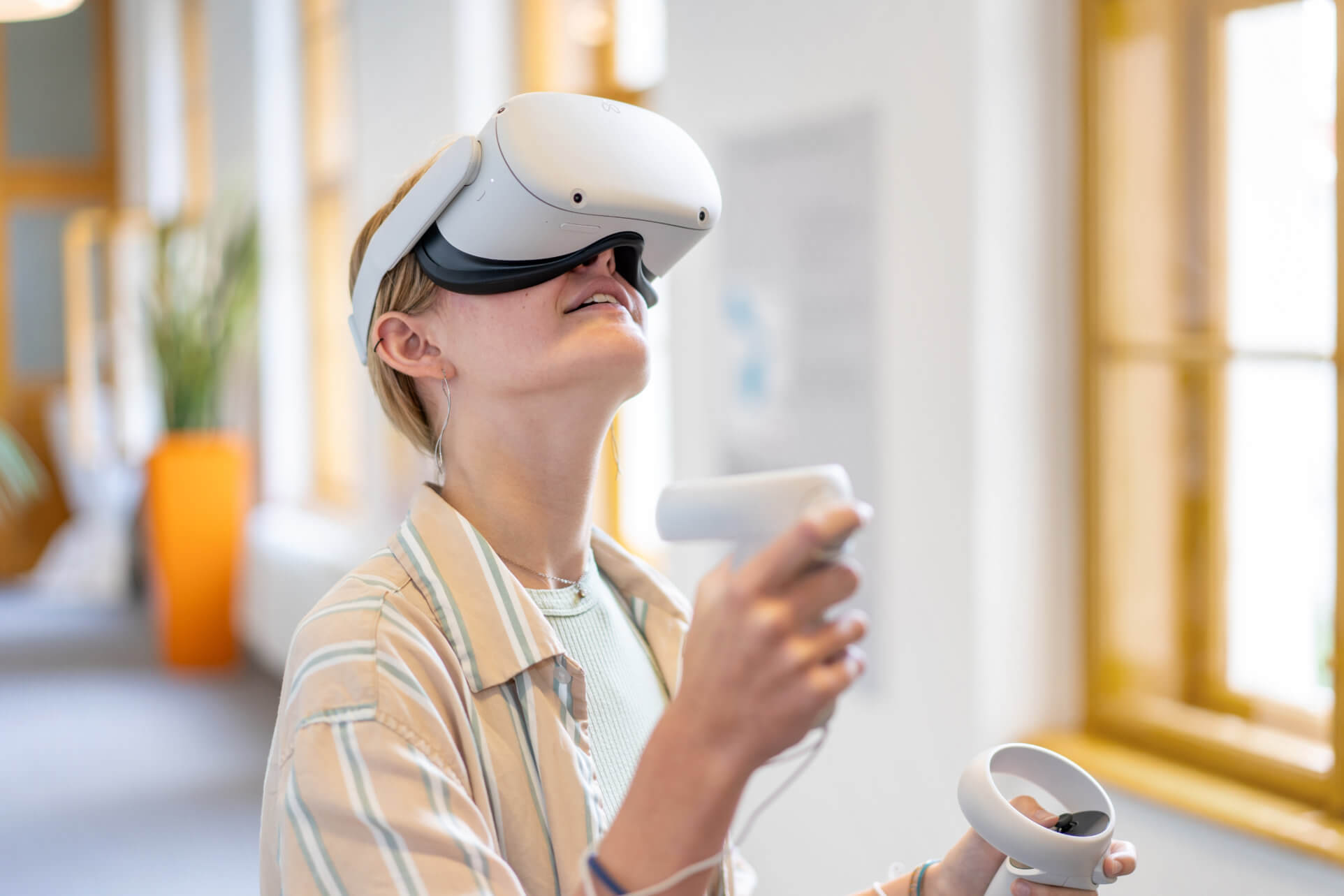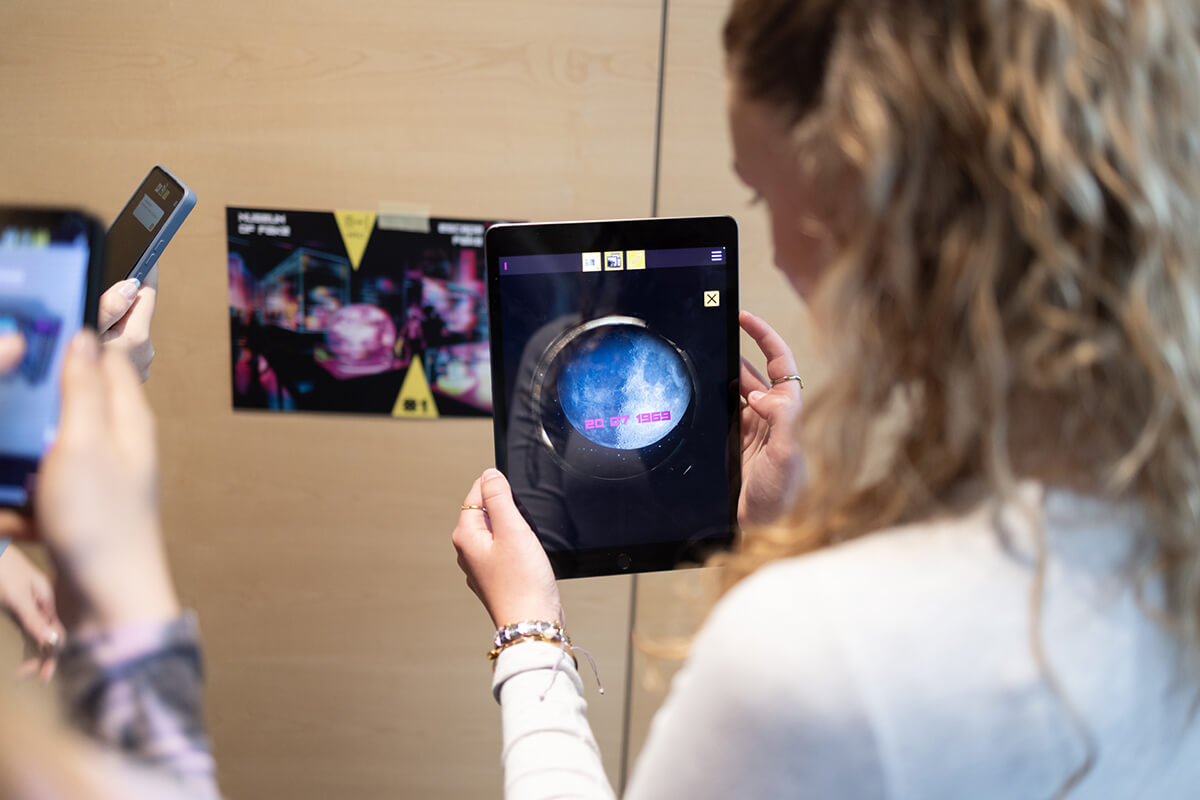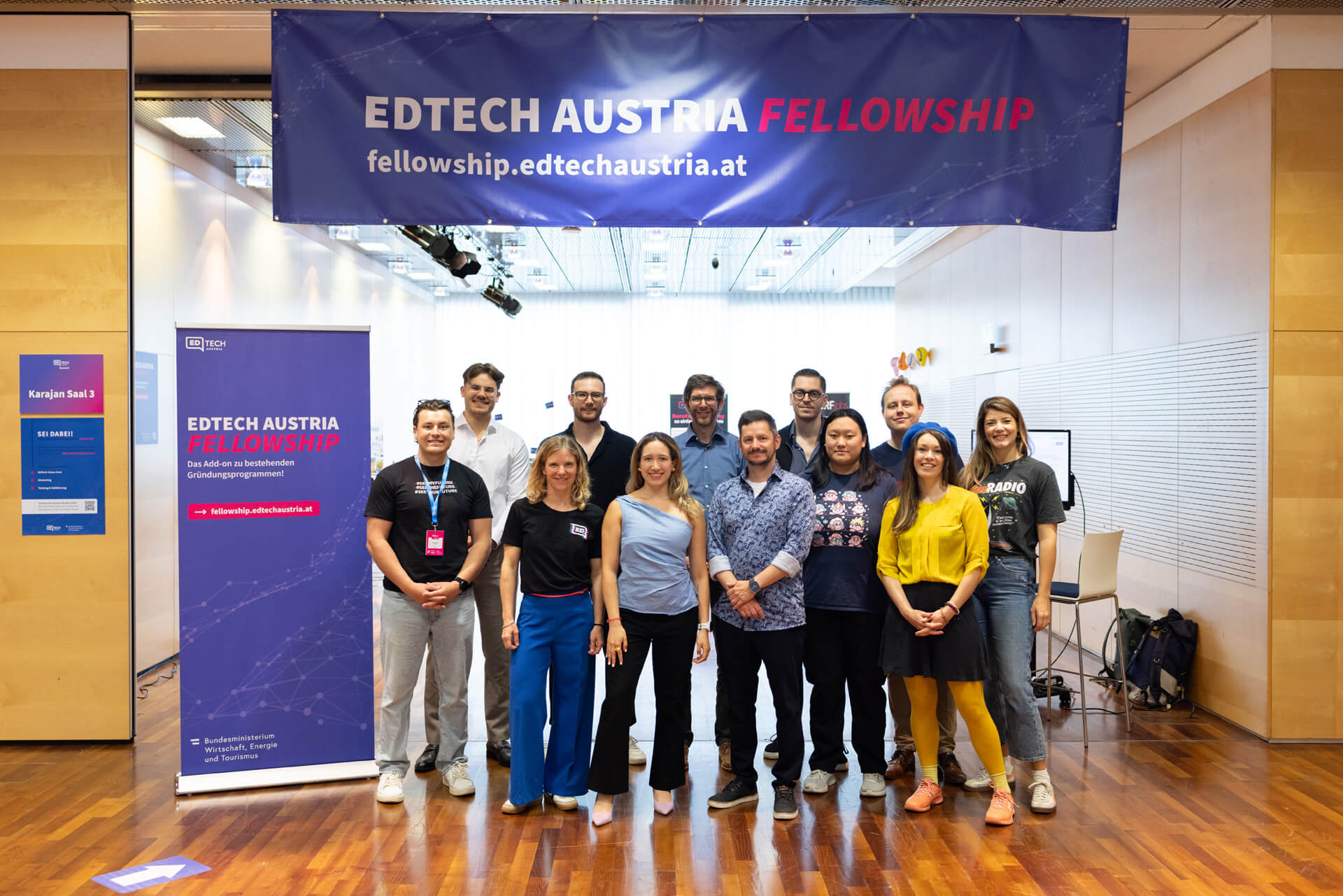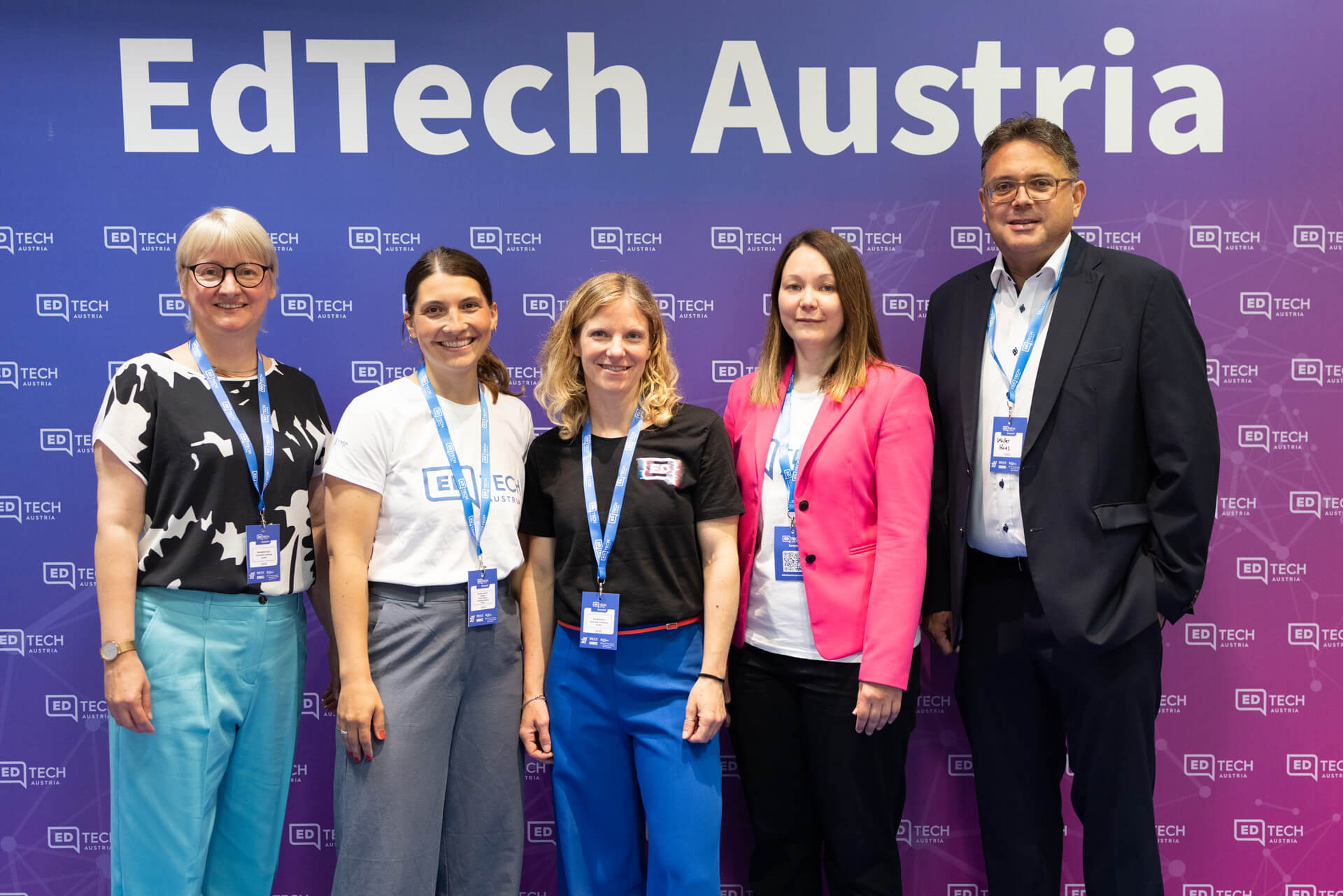CLICK&LEARN: 5 EdTech trends to keep an eye on
Autumn is upon us and with it another learning season where we can put our pandemic new learning patterns to the test. The best time, then, to take a look at the five most exciting trends in e-learning. We will be accompanied by Roland Kaimberger. The business educator and business informatics specialist has contributed significantly to the development and success of CLICK&LEARN since 1999. He is currently managing partner of the internationally active e-learning agency in Linz.
Old EdTech novelties
Before we dive deeper into the latest developments, let’s take a quick general look. Because many EdTech trends have been lying in wait for a while. “Although they existed six or seven years ago, artificial intelligence or virtual reality are only now arriving in practice,” says Roland. “Either because the tools were not yet mature and too expensive for us as producers at that time, or too elaborate for learners.” But that is changing rapidly – more on that in a moment.

In addition, traditional programmes still have their raison d’être. Learning management systems, for example, are still a staple of many HR departments, which use them to handle further education and training or to issue certificates. But now let’s raise the curtain on…
The Top 5 EdTech Trends
1. Standard programmes
As we all know, there’s life in the old dog yet. Apparently, this is also true for edtech sectors. “During the first intensive phase of the Covid pandemic, many entrepreneurs suddenly wanted to use standard programmes again to train their employees remotely. Especially classic training topics such as personality development, time management or presentation techniques boomed. These standardised courses are still very popular today and will probably remain so for some time to come.
2. Video-Based Learning
Videos are part of everyday life on our screens, whether at work, school, university or at home. There are probably few who have never come across the odd explainer or lampoon video. “I just watched a YouTube video myself on how to properly use a traditional straight razor,” Roland says, laughing. “I’m really a big fan of video-based learning. Learners work out the basics on their own and then deepen the material with the teachers through blended learning, for example.” Of course, learning videos are also suitable for schools – where you meet the “TikTok generation”, for whom learning by means of videos is already a matter of course.
3. Microlearning
Speaking of media consumption, our constant sensory overload brings with it a greatly shortened attention span (in this sense: glad you’re still here!). Social media reflect this reality of life – short reels are enough to convey simple content and engage users for a moment. Moreover, too often there is not enough time in the job for extensive training. Microlearning has an answer for all this: knowledge is packaged in small “learning bites”, in CLICK&LEARN through flashcards. Learners can complete a lesson in one to ten minutes. “Microlearning is didactically very challenging. You have to bring learning content to the point. And that’s what people want. They only want to know the essentials,” says Roland.
4. Virtual Reality
Learning experiences in virtual worlds (VR) are becoming more extensive and fantastic. However, VR has not yet been widely used because of the complicated development and expensive VR glasses. That is now changing. “There are more authoring tools for us developers, and this has led to more 3D models that we can use to create our own learning content. So we no longer have to start from scratch. And VR glasses are finally becoming cheaper!” Roland sees enormous potential in this – if it is used in the right environment for the right target group. This could be, for example, for a large corporation – in the onboarding of new employees – who then use QR codes to immerse themselves in the VR world directly on the goods produced and learn about the various areas of application and manufacturing processes.

5. Artificial Intelligence
Attention, this is where the learning software learns! Because where there are learners, it is important to analyse their learning experiences as well as possible: Which topics are clicked more often than others? How has the user’s know-how changed? A perfect field of application for artificial intelligence (AI). “The analysis of user data with AI has become very important. The system learns the learning habits of the users, which in turn leads to adaptive learning. This means that learning experiences become more individualised and thus more successful when the programmes and thus the content are better adapted to the needs of the learners.” This is a trend that can be seen both in the digital learning environment, such as web-based training or video-based learning, and in traditional face-to-face seminars.
A little outlook
As we all know, you should stop when it’s at its best. And we could certainly go on about gamification or mobile learning. However, we find a completely different EdTech trend much more exciting: the Learning Experience Platform, or LXP for short. Initiated by MS teams and Microsoft Viva, intelligent digital platforms are currently flourishing that bring together all learning content – whether video, image or text. Quasi as an interface of digital learning materials. “You can think of it as Spotify. Users can compile their own individual lists and share them with others,” says Roland. “This means that training planning no longer takes place in a quiet room, but arises naturally among the learners.
Conclusion
It is indeed hardly possible to look at EdTech trends independently of each other. They are usually connected or intertwined at some point. The goal of EdTech providers will certainly continue to be to create a holistic learning experience with the best tools. One that adapts as well as possible to the prevailing reality of life and learning habits of their target group.
About CLICK&LEARN
CLICK&LEARN was founded in Linz in 1998 and has since established itself as a provider of e-learning and learning management solutions in the corporate sector on a national and international level. The team, which now has 40 members, builds individual solutions for customers based on the eFront learning management system and also produces the learning content itself. They focus primarily on blended learning – a mixture of digital media and personal learning with trainers. Their customer base is just as broad as their offer – from non-profit organisations to mineral oil companies or federal institutions.
More articles
The following articles might also interest you.

EdTech Austria Fellowship
24. October 2024

AR, VR and XR: Shaping Learning through Virtual Worlds
30. June 2025

EdTech for all, all for EdTech – shaping the world of education together
18. June 2025

Real-World Practice Meets Innovation: The Fourth EdTech Austria Summit
3. June 2025

South Korea: How technology, culture and the courage to innovate are shaping education
30. April 2025

Lifelong Learning in Transition: Opportunities and Challenges of AI
17. January 2025
